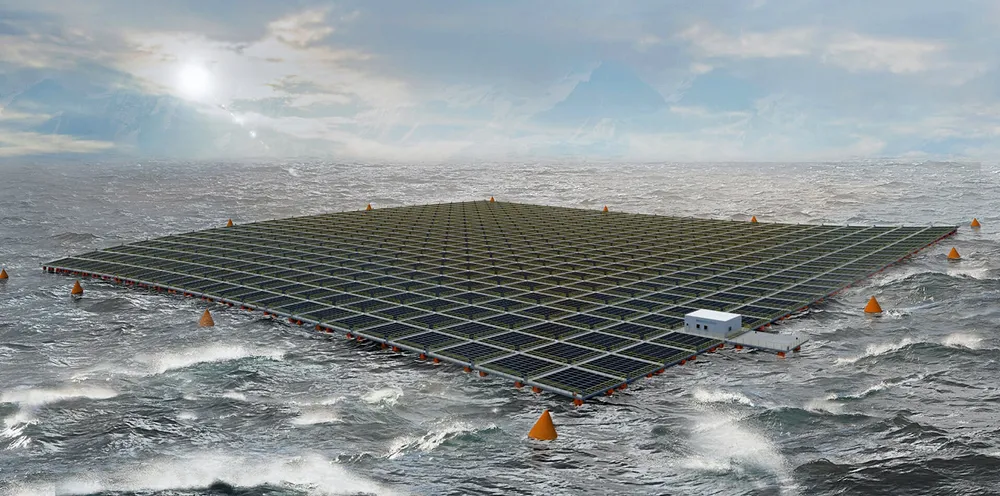Equinor-led pilot in race to be world's first high-seas floating solar project
Moss Maritime technology to be trialed in North Sea off small island of Frøya in western Norway

Moss Maritime technology to be trialed in North Sea off small island of Frøya in western Norway
